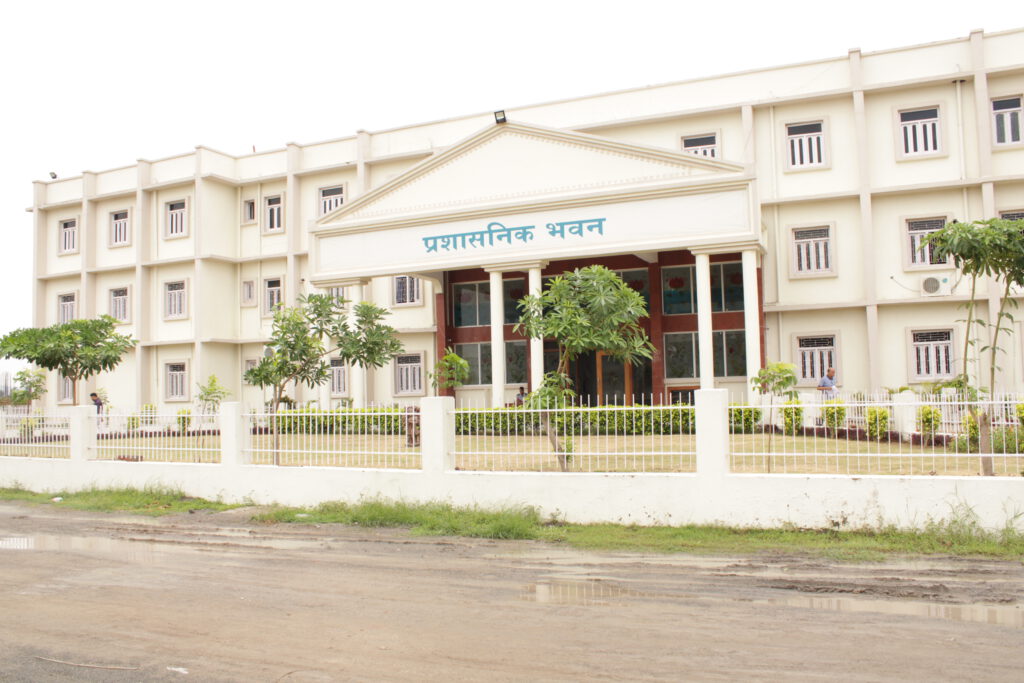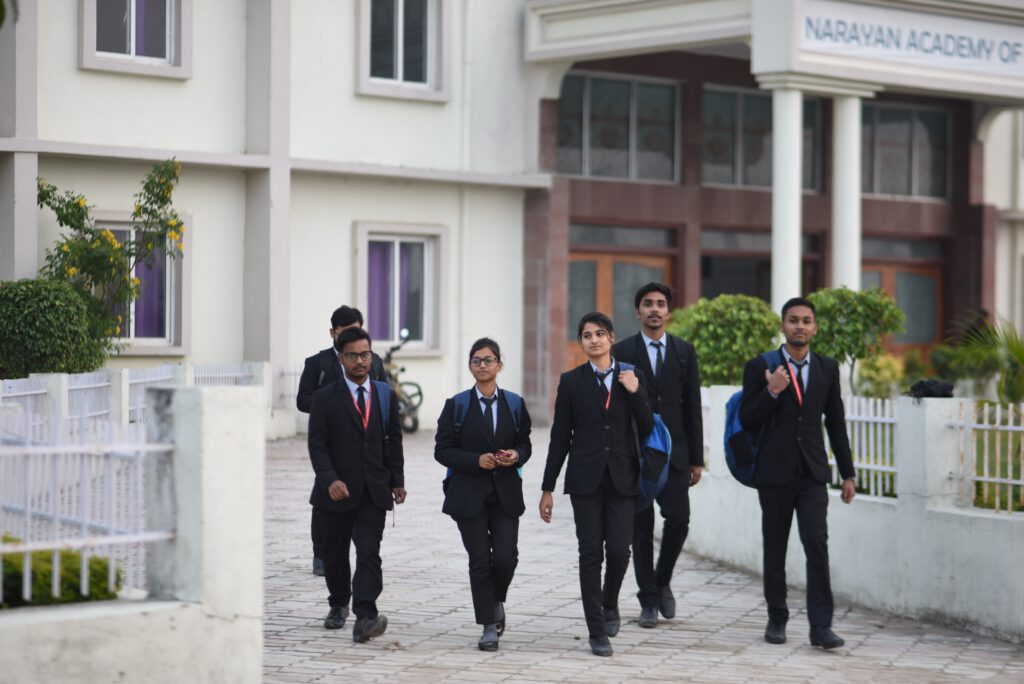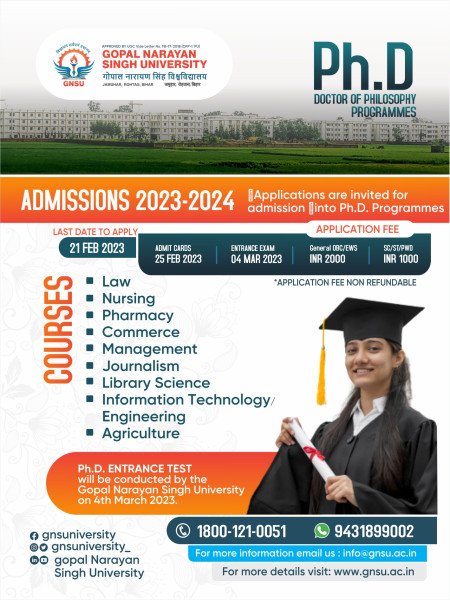Health care will likely be dominated by the digital transformation made possible by radically interoperable data and open, secure platforms. The focus of healthcare will shift from treating sickness to preventing it. Healthcare, like many other industries, is on the cusp of a time of rapid transformation.
Patients are becoming more active in their healthcare, which has a profound impact on disease prevention, diagnosis, and treatment due to several factors, including increased life expectancy and the development of new technologies and discoveries, as well as the creative combination of existing ones.
Tips for choosing top medical colleges in India:

- Priority is given to the college’s ranking: –
Many groups and websites may rank best private medical colleges in India differently. Still, these schools are often evaluated on the following criteria:
- The number of MBBS course seats available
- The types of patients seen
- The quantity of patients seen annually
2. Access to necessary machinery: –
We cannot stress the significance of this enough. To accommodate all students, you must ensure the institution has sufficient resources (such as tools, lab requirements, corpses, etc.). If you’re trying to decide between two somewhat close-ranking universities, this should be a major consideration.
3. Patient inflow: –
The greater the volume of patients, the greater the variety of situations you’ll see firsthand. As a result, despite the mayhem on the hospital grounds, a school with a hospital has an edge because students there have more opportunities for hands-on clinical experience.
4. Lecturers: –
It would help if you weren’t concerned about this at all. Educators at virtually every university are excellent and well-versed in their fields. It is common for a professor to teach the same lecture course at two different medical schools nearby. Private universities, on the other hand, do provide greater individual attention to their students because of the higher salary’s faculty members earn there.
5. Where it is located: –
There are two perspectives to consider. One, as has been discussed previously, is whether or not the college is located inside your city limits. Two, the hospital’s physical location, as getting patients there quickly depends on the accessibility of nearby transportation and beds.
6. Student support: –
A medical college should offer adequate support to its students. This includes academic counseling, career guidance, and mentorship programs. Medical college can be challenging, and having adequate support can help students cope with the stress and challenges that come with medical education. Additionally, a good medical college should have a student-friendly environment where students can learn and grow.
7. Faculty: –
The quality of faculty is another essential factor to consider when selecting a medical college. A good medical college should have experienced and well-qualified faculty. The faculty should have a good track record of teaching and research, and be actively involved in the medical community. Additionally, faculty members should be approachable and willing to provide support to students.
8. Facilities: –
The facilities available in a medical college are important to ensure that students receive quality education. A good medical college should have modern and well-equipped facilities such as laboratories, libraries, hospitals, and other clinical facilities. Additionally, the facilities should be maintained regularly to ensure that they are in good condition.
9. Curriculum: –
It is one of the most important factors to consider, while looking for the best medical college. A good medical college should have an up-to-date and comprehensive curriculum that covers all aspects of medicine, including clinical practice, research, and community service. The curriculum should be designed to prepare students for a successful career in medicine. Additionally, the curriculum should have a balance between theoretical and practical knowledge, with opportunities for hands-on experience
Top five Indian medical schools:

1. AIIMS, New Delhi:
Often referred to as “AIIMS Delhi,” the All-India Institute of Medical Sciences (AIIMS) is a public medical university and hospital in New Delhi, India. The Institute functions independently under the Ministry of Health and Family Welfare and is controlled by the AIIMS Act 1956.
2. Chandigarh, India’s Postgraduate School of Medical Education and Research
The medical Centre, currently known as “Nehru Hospital,” was founded in 1962, and Pt Jawahar Lal Nehru officially opened it on July 7, 1963. When the Institute opened, it operated under the auspices of the Government of undivided Punjab. In November 1966, following the national restructuring, the Institute’s executive management expanded beyond the boundaries of the Union Territory of Chandigarh.
3. Christian Medical College (CMC), Vellore
CMC, Vellore, or Christian Medical College, is a private medical school, hospital, and research facility run by the Christian community. The hospitals that comprise the Institute’s network provide primary, secondary, and tertiary care to the residents of Vellore, Tamil Nadu, India.
4. NIMHANS, Bangalore
The NIMHANS Act of 2012 established the National Institute of Mental Health and Neurosciences as a statutory body of national importance. Care for patients, education, and pioneering research in mental health and neuroscience are provided at this institution.
5. Medical school in Lucknow called the Sanjay Gandhi Postgraduate Institute (SGPGI)
Regarding 2023 placement information, SGPGIMS Lucknow still needs to make them available. But now you may read the NIRF report for 2022. 11 postgraduates (PG) in their second year and 108 postgraduates (PG) in their third year were placed during SGPGIMS Lucknow placements 2021, according to the report. A two-year postgraduate student at SGPGIMS Lucknow might expect a median package of INR 9 LPA, while a three-year postgraduate student could expect a typical box of INR 22 LPA.
Choose the Best Medical Colleges in India and have a bright future: –
Yet, your rank matters in the end, and there is little choice. In conclusion, pick wisely but stay focused on specific schools; the MBBS curriculum focuses primarily on academics, and the quality of education offered at different universities is generally similar. And, just as your undergraduate institution had no bearing on which medical school you would be accepted to, so does your postgraduate institution hold greater weight now.
Also Read: NIT Excellence: A Comprehensive Guide to the Best NIT Colleges in India

Therefore, don’t squander a year trying to get into a top school, and don’t let failure crush your heart. Getting into medical school is difficult, so if you do, count yourself among the lucky.



